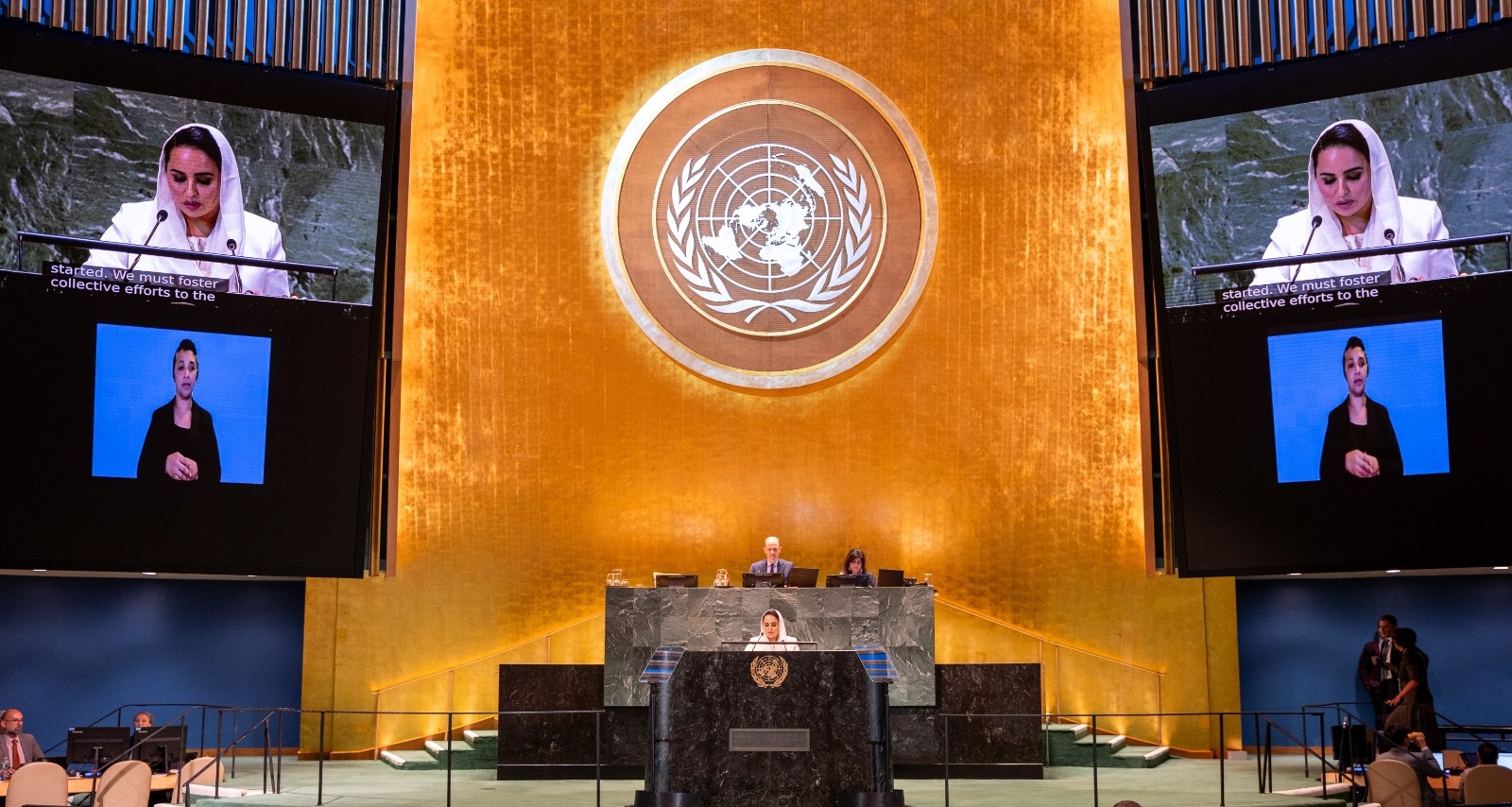SHARJAH, 15th February, 2022 (WAM) — Steve McCurry, one of the foremost names in contemporary photography said, "My ambition was to travel – see the world, explore cultures, meet people. Life is short; and you get just one chance at it, and I think I have made the best use of my time." He made the remarks as he summed up his iconic career at the sixth Xposure International Photography Festival, which concluded Tuesday at Expo Centre Sharjah.
"My grandma had a stack of Life magazines and in around 1961, I came across an issue with a photo essay on monsoons in India by New Zealander Brian Brake. This was a magical place I thought; and less than 20 years later, I was there myself," said McCurry while recalling the start of his fabled journey that began in the early 1980’s with a trip to India, a country that has been the subject of some of his most notable works till date, including his memorable series on the monsoons and trains.
In a one-on-one session with moderator Aidan Sullivan, the American photographer recalled how he achieved his first career break after a year of working in India when, on a visit to northern Pakistan, he met two Afghans who told him about a war "across the border" in Afghanistan – which had barely received any media coverage at the time.
"With their help, I crossed over the Hindu Kush mountains, deep into rebel-controlled areas of Afghanistan. That’s when I realised that houses and a few schools had just been bombed out," he said, while narrating how he smuggled rolls of film by sewing them into the long sleeves of his clothing on his way back.
"The Soviets invaded Afghanistan in December 1979 and suddenly, those images I had taken months earlier were in high demand. Until then nobody wanted the story, nobody wanted the pictures," he said, recalling how the images – among the first to capture the haunting realism of the conflict, were published around the world, and earned him the Robert Capa Gold Medal for Best Photographic Reporting from Abroad.
McCurry went on to cover more armed conflicts – from the Iran–Iraq war and the civil wars in Lebanon and Cambodia to the Islamic insurgency in the Philippines. But his World Press Photo award-winning portrayal of camels searching for untainted shrubs and water with plumes of smoke billowing out of the burning oil fields of southern Kuwait at the end of the First Gulf War continue to haunt viewers.
"The effect was an ecological disaster of unimaginable scale. Animals were left to wander among the burning oil fields, looking for food and water. I guess my motivation was to show the world this tragic, needless catastrophe,' he said while showing an engrossed audience another photo from the time to drive home the message – a seagull trapped in thick oil spill in Saudi Arabia’s Jubail.
A career high point for McCurry came in 1984 with the iconic ‘Afghan Girl’, a haunting portrait of a young girl who soon became a symbol of the war. "I noticed this little girl with intense eyes in a refugee camp school and I instantly knew that this was really the only picture I wanted to take," said McCurry, narrating how he clicked on Kodachrome what has since come to be known as "the most recognised photograph".
McCurry, whose interest in photography surfaced when he started taking pictures for the Penn State University, from where he graduated with a degree in theatre arts in 1974, said: "If you love what you do, then you remain a student forever, and I can’t imagine doing anything other than what I am doing now."
In reply to a question on how he would like his body of work to be remembered, the 71-year-old McCurry said: "I hope my photographs help people see the humanity in each other; I hope it makes them become more empathetic."

 World3 years ago
World3 years ago
 World3 years ago
World3 years ago
 Business11 months ago
Business11 months ago
 Entertainment7 years ago
Entertainment7 years ago
 World7 years ago
World7 years ago
 Entertainment7 years ago
Entertainment7 years ago





